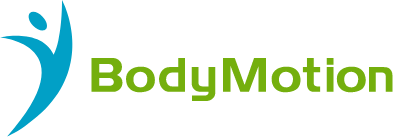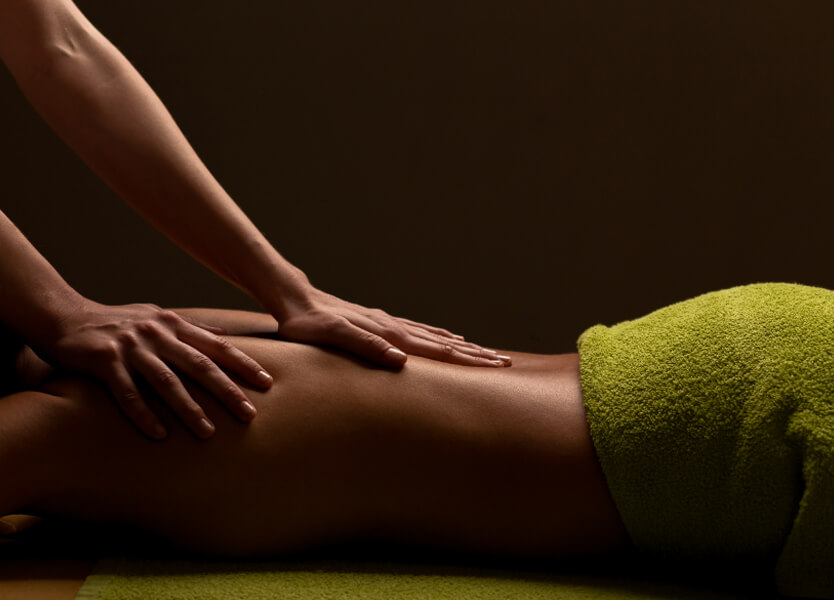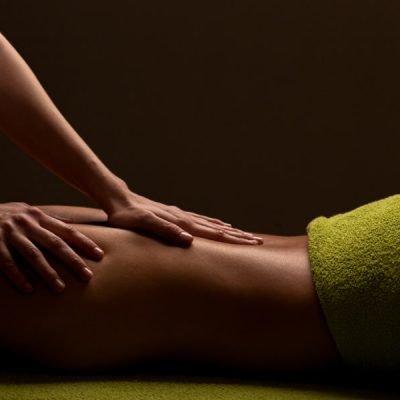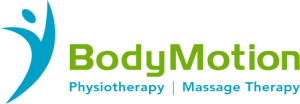Confusion between remedial massage therapy and myotherapy is understandable given that both modalities treat a range of non-specific soft tissue pain and ailments.
Both provide a range of benefits for our overall health and state of wellbeing. But what are some of the differences that set remedial massage and myotherapy apart? Here we’ll break this down and compare the two.
What is Remedial Therapy?
Remedial therapy looks after the body’s muscles, tendons, ligaments and connective tissue. This form of treatment often involves a deep tissue massage, and is designed to reduce aches, pain and tension. This has a range of restorative benefits for the body by relaxing the muscles and improving joint mobility.
Your therapist will apply a deep, firm pressure to target sore muscles and any areas of concern. This way we can manage any pain you might be feeling and make sure the muscles continue to function as they should. It’s also a good way to reduce symptoms of sciatica, relieve tension headaches and promote the level of blood flow to prevent limbs from swelling, as well as loosening the lower back and hips.
Strengthening your muscles not only allows you to do more, but it helps to protect you against further injury in the future. You may also find that regular resistance training and cardio exercises can help.
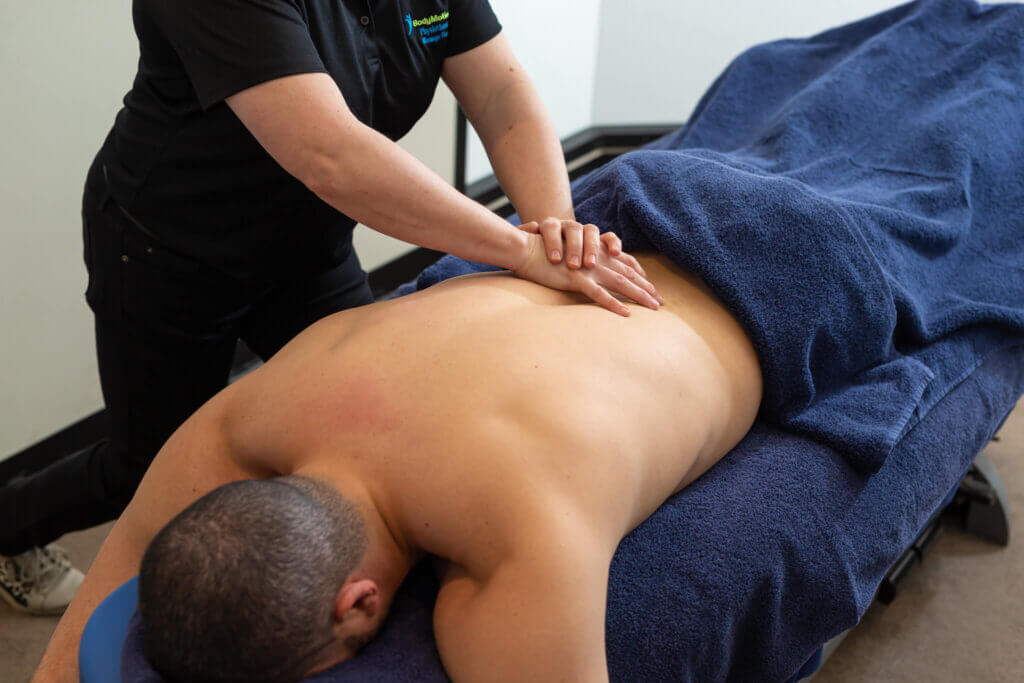
What is Myotherapy Massage?
Myotherapy is a form of massage that’s designed to prevent soft tissue damage and prevent restricted joint movement. It involves precise, targeted work to improve the functioning of the body’s musculoskeletal system to reduce pain and stiffness.
This form of treatment gets its name from the myofascial it addresses – which are the thin sheets of tissue around the muscles in our tendons and ligaments. The prefix ‘myo’ is the Greek term for muscle – hence the name.
Often this kind of physical treatment is used to treat a range of issues, including:
- Muscle sprains
- Pore posture
- Shin splints
- Tension headaches
- Some chronic pain conditions
By combining the principles of anatomy, physiology and biomechanics to treat the human body, myotherapy utilises a range of evidence-based approaches to treat muscular pain and dysfunction.
Our specialists will put together a detailed plan that’s tailored to your specific needs – with a combination of joint manipulation and remedial massage to treat affected areas of the body. They’ll draw on their extensive knowledge of anatomy, physio, osteopathy, neurology and chiropractic care to fully understand a patient’s overall physical condition.
Myotherapy vs Remedial Massage
The primary distinction between the two is the fact that myotherapists use a much broader range of techniques to identify the underlying cause of the injury, whereas remedial therapy simply treats the problem.
Myotherapists primarily focus on trigger point therapy to treat existing discomfort and prevent further injury. This involves applying pressure to specific points of the body in order to reduce discomfort and tension. The treatment is designed to help the body recover from musculoskeletal dysfunction, but may also draw on other techniques such as:
- Deep tissue massage
- Muscle stretching
- Musculoskeletal alignment
- Acupuncture
- Cupping
- Dry needling
- Kinesiology taping
- Laser therapy
- Range of rehabilitative exercises
Remedial massage therapists, on the other hand, work exclusively with a variety of manipulative massage techniques to eliminate muscular tension and aid relaxation. Practitioners generally only make use of their hands, sometimes with the aid of massage oils.
There is a lot of common ground between the two therapies, though, as both can be used to treat:
- Soft tissue injuries
- Muscle tension
- Musculoskeletal pain
- Neck or back pain
- Anxiety and depression
- Poor circulation
- Reduced joint mobility and flexibility
- Lymphatic system issues
- Carpal tunnel
- Repetitive strain injury
- Strained groin
- Hamstring issues
Whenever you have any ailments that continue to cause you grief, don’t try to tough it out – it’s always best to book in and see your healthcare professional so that you can be properly treated, therefore starting the healing process.
What is Musculoskeletal Pain?
Musculoskeletal pain is a condition that generally affects the muscle groups (such as tendons, nerves and ligaments) surrounding your bones. Patients will experience acute discomfort in these areas.
Some examples of these disorders and pain groups include:
- Lower back pain: This is the most common form of musculoskeletal discomfort our patients tend to experience. You may find it difficult to turn, twist, walk or bend.
- Bone pain: You might notice a dull, throbbing ache in your bones. Typically this will worsen as your joints begin to move or become swollen – and in some cases might lead to the development of conditions such as arthritis.
- Muscle discomfort (myalgia): Myalgia can be just as debilitating as any pain or stiffness in your joints or bones. You may experience cramps or various spasms.
- Tendonitis: Tendonitis occurs when your tendons (connecting muscle to the bone) become irritated or inflamed. This condition is most common in the wrists, knees, heels, elbows and shoulders.
- Carpal tunnel: Carpal tunnel causes a tingling, painful sensation in your arms and hands. This condition comes as a result of compression of the median nerve running through your hand.
- Fibromyalgia is a condition that causes chronic pain in your joints and soft tissues. Often it is confused with arthritis and joint inflammation – however that is not the case. As part of this condition, the brain and nerves misinterpret and overreact to normal pain signals. People who experience fibromyalgia often feel severely fatigued as it is difficult to sleep, running on little energy.
Myotherapy is an ideal form of treatment to address all of these conditions, as it looks to find the underlying cause of the problem. An initial evaluation of a patient can include an examination of their medical history, their current physical condition, their ability to move and the state of their soft tissues. Your therapist will also examine how these elements interact with other key systems in the body, such as the cardiovascular or nervous system.
What Does it Take to Become a Myotherapist?
Our team is highly trained and experienced. To become a myotherapist you must first qualify in remedial massage, typically via completing the Certificate IV of Massage Therapy Practice, then the Diploma of Remedial Massage. Diploma students can then choose to specialise via the Advanced Diploma of Myotherapy.
In terms of qualifications for either type of therapist, anyone who has completed a course from a Registered Training Organisation (RTO) ensures they will be accredited by the relevant industry association such as the Australian Association of Massage Therapists (AAMT). This also ensures that health funds will recognise the practitioner and process any rebates claimed – provided you have coverage with your health fund for Myotherapy vs Remedial Massage treatment.
Can I Claim This From My Health Insurance?
You can get financial benefit from your health fund cover for a Myotherapy or Remedial Massage treatment if you use the service to help manage your pain or injuries.
Contact Our Team of Specialists Today
Here at BodyMotion Physio, our expert team is here to see to all your needs and keep your body functioning correctly in the way it should. To book an appointment with us, you can call our friendly team on (03) 9873 3333 if you’d like to discuss a treatment specific to your needs.
You can also read more at the Natural Therapy Pages website.
